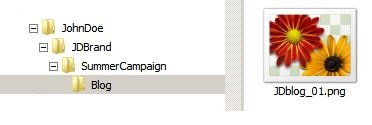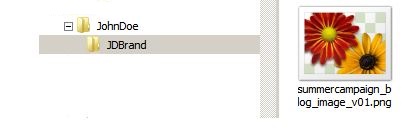As a graphic designer, you possess a valuable skill set that can be leveraged to create passive income streams, allowing you to earn money consistently without trading your time for a paycheck. While traditional freelance work involves trading hours for dollars, passive income opportunities enable graphic designers to generate revenue through scalable and automated means. In this blog, we'll explore various ways graphic designers can make passive income and diversify their revenue streams.
Create and Sell Digital Assets: One of the most popular ways for graphic designers to generate passive income is by creating and selling digital assets such as fonts, icons, illustrations, templates, and design elements on online marketplaces like Creative Market, Envato Elements, or Etsy. By creating high-quality and in-demand digital assets, you can earn royalties every time your products are downloaded or purchased by other designers, businesses, or individuals.
Launch an Online Store or Print-on-Demand Shop: Graphic designers can also create their own online store or partner with print-on-demand platforms like Redbubble, Society6, or Printful to sell custom-designed products such as t-shirts, mugs, phone cases, and art prints. By uploading your designs to these platforms, you can earn passive income through product sales without the hassle of inventory management, shipping, or customer service. Focus on creating unique and appealing designs that resonate with your target audience to drive sales and revenue.
Monetize Your Blog or Website: If you have a blog, website, or social media following, you can monetize your content by incorporating affiliate marketing, sponsored posts, or display advertising related to graphic design tools, software, or resources. By recommending products or services that you genuinely believe in and using affiliate links, you can earn commissions on sales generated through your referral links. Sponsored posts and display ads can also generate passive income based on the traffic and engagement on your platform.
Offer Online Courses or Workshops: Another way for graphic designers to generate passive income is by creating and selling online courses, workshops, or tutorials on platforms like Udemy, Skillshare, or Teachable. Share your expertise, insights, and skills with aspiring designers or businesses looking to improve their design skills. Once you've created and launched your course, you can earn passive income from course enrollment fees without the need for ongoing time commitment or direct involvement.
License Your Designs: Consider licensing your graphic designs to companies, brands, or manufacturers for use on products, packaging, marketing materials, or merchandise. By entering into licensing agreements, you can earn royalties or fees for the use of your designs without having to handle production, distribution, or marketing. Look for licensing opportunities in industries such as apparel, home goods, stationery, or digital products where your designs can add value and appeal to consumers.
Create a Design Subscription Service: Develop a design subscription service where clients pay a monthly or annual fee to access a curated selection of exclusive design assets, templates, or resources. By offering ongoing value and new content regularly, you can attract subscribers who are willing to pay for access to your premium design offerings. This recurring revenue model can provide a steady stream of passive income while building a loyal customer base.
In conclusion, graphic designers can leverage their skills and creativity to create multiple streams of passive income by selling digital assets, launching an online store, monetizing their online presence, offering online courses, licensing their designs, or creating a subscription service. By diversifying your income sources and capitalizing on your expertise, you can generate passive income while expanding your reach, building your brand, and creating financial stability in your design career.Looking For A Reliable Printing Partner? Look No further Visit Our Website at:www.printcafeli.com










